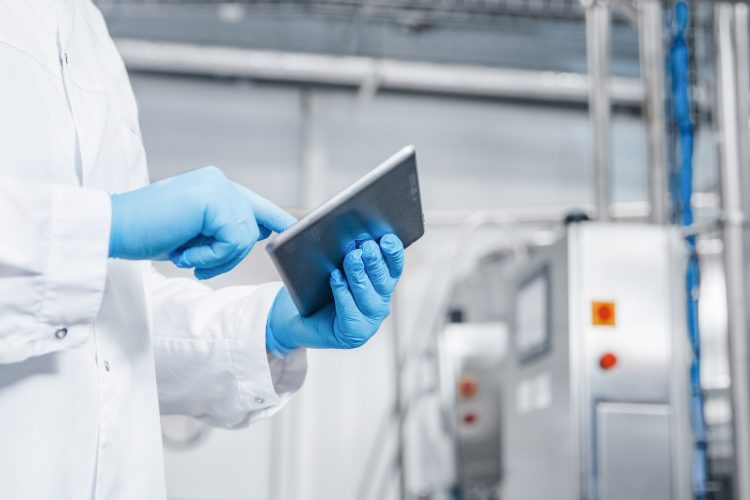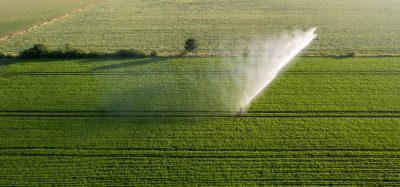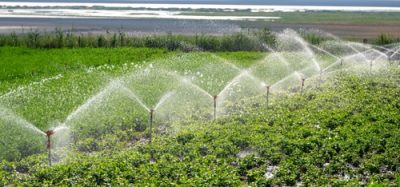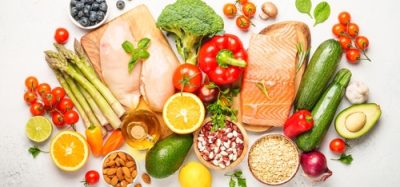How human error and bias can jeopardise food safety and quality
Posted: 7 December 2021 | Katleen Vranckx | No comments yet
‘We’re only human’, ‘we all make mistakes’ – these sayings are very true, but what happens when the errors you make lead devastating consequences? In this article from bioMérieux we discover the value of automation.


Food and beverage manufacturers are prone to human error daily and transgressions made during the food production process account for 10.9 percent of food waste, according to a 2019 report published in the Annals of Operation Research. Meanwhile, the World Health Organization reports that unsafe food causes 600 million cases of foodborne diseases and 420,000 deaths each year worldwide.
Not only does food production spoilage cause illness, but food waste creates capital loss and potential brand damage for food manufacturers. Human error and bias can easily jeopardise food safety and quality, unless tight quality control protocols — for workspace design, sanitation, workflow, data collection and testing — are in place. With so much resting on your bottom line, reducing human error and bias becomes vital for all food and beverage producers.
Workspace design
The first question to consider is whether your processing plant is designed to inherently thwart microbial contamination. A well-designed processing plant will not eliminate microbial contamination unless the design incorporates hygienic features, such as easy-to-clean areas and equipment with optimal cleaning features and instructions.
Sanitation practices
Speaking of easy-to-clean surfaces, sanitation best practices minimise microbial contamination. Sanitation standard operating procedures (SSOPs) include proper cold-chain maintenance, regular cleaning of surfaces and drains, minimal air flow, clean air quality, balanced water quality, and ongoing training. Lab technicians use UV flashlight and ATP swab testing to confirm sanitised surfaces.
Workflow
Human errors caused by a lack of standardised procedures and insufficient training are the major drivers of food waste in the manufacturing process. In the UK alone, an estimated 10.2 million tons of food is wasted annually. The UK recently appointed its first food surplus and waste champion in a move to curtail its astronomical amount of food waste.
Adoption of Hazard Analysis and Critical Control Points (HACCP) by food processors is vital to curb microbial contamination, as is regular review and adjustment of the food production process. HACCP’s intention is to determine the risks at each step of the production process to create proactive actions that reduce the identified risks to a safe level. Without standard protocol, incidents of human error increase.
Interested to know more? Why not view our recent webinar on how data and automation can help you.
Data collection
Bottom lines depend on accurate data. Obtaining data can be as easy as measuring or observing. Humans learn to measure their weight with scales and height with a measuring tape, but each measurement and observation are subject to errors or biases. Human errors and biases produce unpredictable results, which is especially concerning for the low-margin, highly regulated mass production of perishable foods. Reducing human interventions when obtaining and reporting food data generates more accurate data.
QC testing
Microbiological contaminants can creep into any production line: E. Coli and Salmonella in meat, poultry, eggs and juice; lactic acid bacteria and wild yeast in beer; Listeria in dairy and seafood; and Aspergillius in cannabis production, to name but a few. Traditional microbiological methods require more time, specialised microbiologists and several manual, error-prone steps over more sophisticated rapid PCR testing, which provides results in a shorter amount of time with greater accuracy and, furthermore, can be easily used by anyone on your production line.
In an industry where compliance, capital and consumer preference add pressure to production lines, human error and bias is one challenge that can be minimised by adopting automated and accurate protocols.
About the author
Katleen Vranckx joined the Belgium-based Applied Maths team in 2012 after obtaining a PhD in veterinary sciences at Ghent University.
As a microbiologist and bioinformatics product specialist, Katleen has worked on improving BioNumerics based on customer insights and supporting customers to analyse their data with the highest efficiency.
She was closely involved in the development of European foodborne disease surveillance networks, starting based on PFGE and transitioning to whole genome sequencing.
After eight years of experience in analysis of whole genome data, technical customer support and scientific communication, Katleen joined the bioMérieux industry unit to apply her knowledge of public health strategies to improve food safety in the processing environment.









